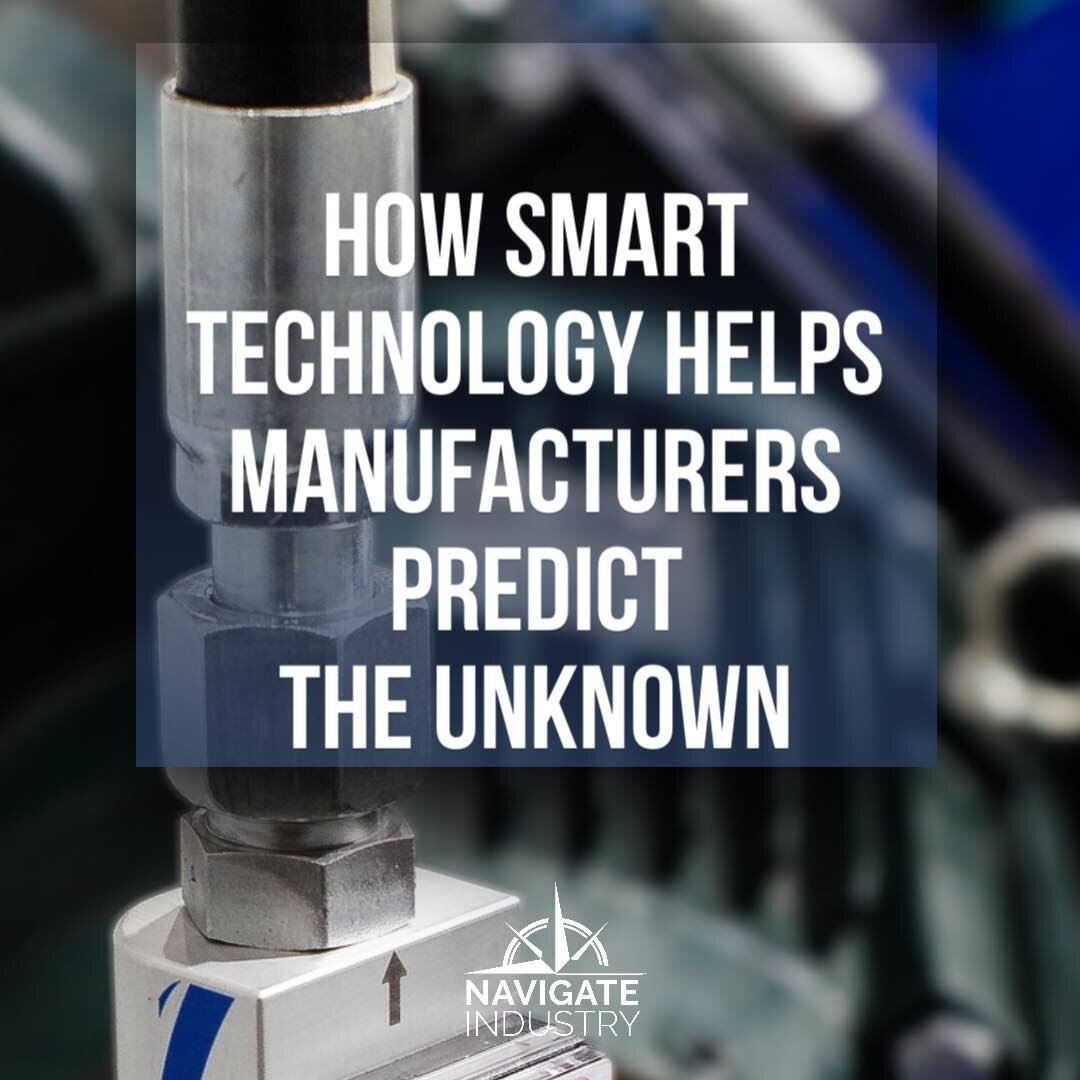Innovation, IIoT & Industry 4.0 Build the Factory of the Future
/Dive into Festo’s Factory of the Future—an innovative showcase where IIoT, interconnected automation, and smart manufacturing systems reshape production efficiency and flexibility.
Read More














